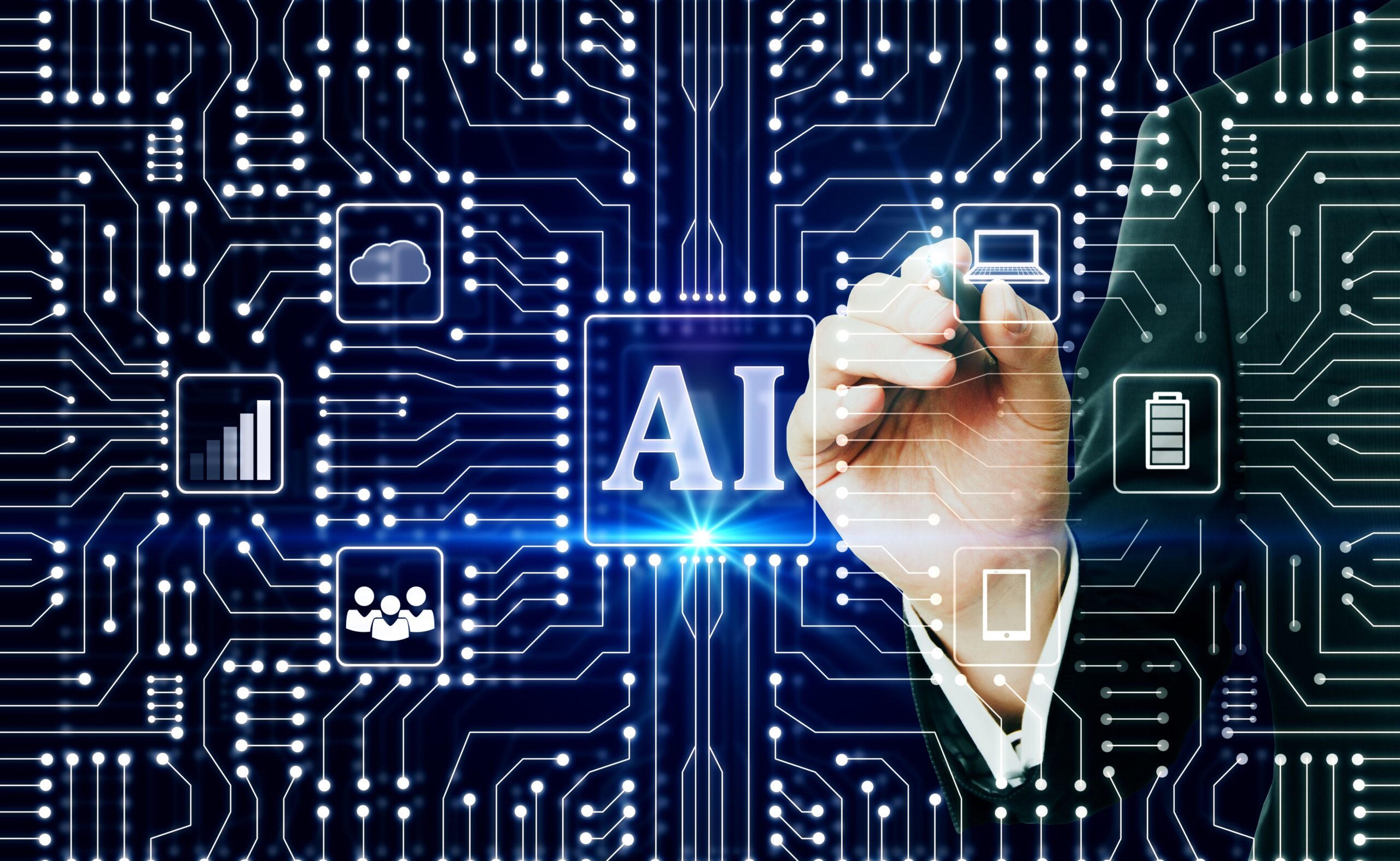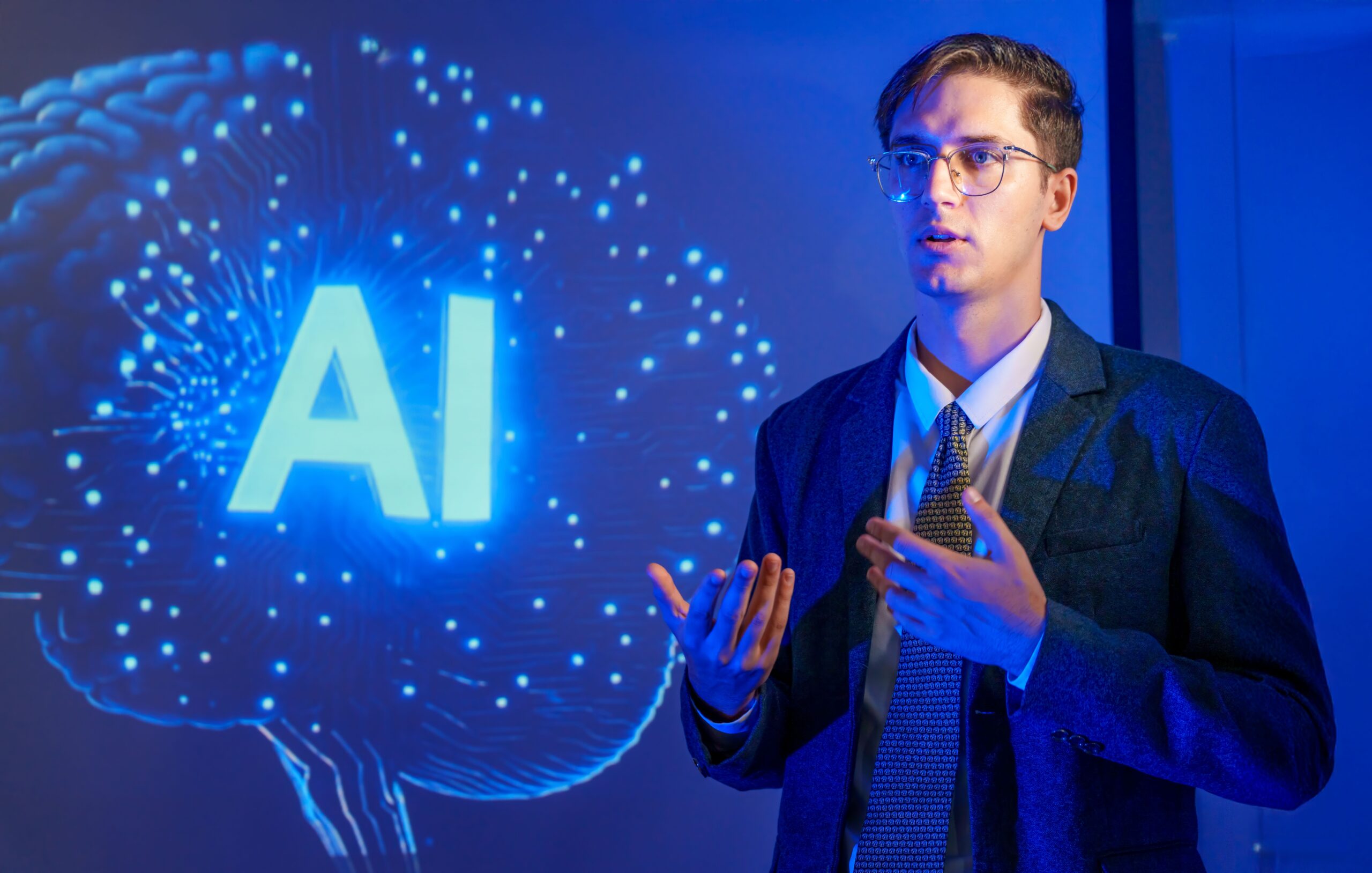
AI transparency is an important pillar for the ethical use of AI technology. As AI continues to affect industries, we have come to understand that these systems are not just effective but trustworthy as well. The importance of transparency lies in these three areas: trust building, ethical considerations, and bias mitigation. If we see it ethically, it means that the AI is socially acceptable and aligns with societal norms and values. For example, if anyone uses AI for loan approvals or medical treatments, the criteria it uses should be ethically accepted and not avoid any ethical guidelines.
Now, what do we mean by bias mitigation? Bias mitigation occurs when the data from AI systems is biased. As a result, AI’s decisions will reflect these biases. Transparent AI allows the systems to scan for potential biases in how data is used. This is not only about fairness but also accuracy and effectiveness. Biased AI results can affect people’s lives as well.
Building trust is the most prominent advantage of AI transparency. When users understand how AI systems make their decisions, they will most likely trust them in their personal and professional lives.
What does a lack of AI transparency lead to? On the flip side, lacking AI transparency can result in a lack of accountability when it’s not known who is behind the AI decisions. This can also complicate legal and regulatory environments and there can be social and economic repercussions.
Why Transparent AI Matters in Real-World Decision-Making
Transparency becomes especially critical when AI systems influence decisions that affect safety, opportunity, and fairness. Studies published by the AI Ethics Journal (2023) found that opaque algorithms used in public systems — such as predictive policing or medical triage — often reproduce unseen human biases unless subjected to continuous monitoring.
Tools like the Free AI Content Detector play a role in transparency by helping professionals verify whether content, reports, or communication materials are AI-generated or manipulated. Greater visibility prevents misinformation, reduces unintentional reliance on AI drafts, and keeps decision-making aligned with human ethical standards.
For a deeper understanding of why transparency strengthens trust, the AI Written Detector for Academic Use breaks down academic cases where non-transparent AI use led to misinterpretation and unfair outcomes.
Application of AI Detection Tool

AI detection tools like Cudekai are becoming critical in various sectors. They are widely used in areas like healthcare, finance, and even automation to uncover and avoid errors and biases that can have serious impacts across nations worldwide.
AI detector tool is used to examine AI diagnostic systems in healthcare. A study was revealed that showed certain AI models being used in the prediction of patient outcomes. They contained biased outcomes. The experts used the best AI detector and they were able to identify and adjust the data inputs.
Similarly, in the financial sector, AI detector tools are also very crucial to prevent biases in credit scoring models. Financial institutions are using these AI detection tools to monitor AI systems. As a result, these systems conclude that the AI tools do not fairly disadvantage any group based on their ethnicity, race, or gender.
One example of an AI detector tool is a GPT detector like Cudekai. It is designed to check whether the text written was generated by AI models like ChatGPT. This is particularly important in academics in areas like crafting essays, research papers, or any assignments. If we have an advanced look, this tool is also used for checking blogs, articles, websites, and social media content. It is important at the same level as writing AI-generated content, but publishing it is also unethical and breaks the guidelines.
Sector-Wise Benefits of AI Detection Tools
AI detection tools assist industries not only by flagging machine-generated content but also by improving reliability in high-risk workflows.
Healthcare
AI-powered clinical models sometimes exhibit demographic bias. Researchers from MIT (2022) found that certain outcome-prediction algorithms performed significantly worse for minority groups. Using detectors such as Cudekai’s ChatGPT Detector helps ensure clinical notes or automated communications aren’t unintentionally generated by unverified models.
See more examples in the article:How Does an AI Detector Tool Work?
Finance
Credit scoring algorithms can unintentionally reduce approval rates for particular groups. AI detectors verify the origin of automated summaries or loan-related explanations, ensuring clarity and preventing disguised machine suggestions.
Education & Academia
Academic institutions use Free ChatGPT Checker to maintain integrity in student work. Transparent use of AI supports better learning outcomes and prevents dependency on hidden machine contributions.
More academic insight is available in the blog:GPT Detector: Detect AI Text to Ensure Authenticity
Thought Process of AI Detection Tools
One common approach in the thinking process of an AI detector tool like Cudekai is the implementation of explainable AI (XAI) systems. XAI aims to make the content generated by AI more understandable to humans. This can involve the visualization process of the model’s decisions.
Layer-wise Relevance Propagation is another technique that is used to trace AI decision-making. This is the contribution of each feature at different levels of the network. It also provides a detailed map of how input data influences the output.
How Explainability Enhances User Trust
Explainable AI breaks down complex model outputs into human-interpretable steps. The two most used explainability methods include:
1. SHAP (Shapley Additive Explanations)
SHAP values demonstrate how each input contributes positively or negatively to an AI model’s decision. This technique is widely used in healthcare diagnostics and financial risk assessments.
2. LIME (Local Interpretable Model-Agnostic Explanations)
LIME focuses on interpreting single predictions, showing why the AI made a specific classification or output.
These explainability methods complement AI detectors like Cudekai’s Free AI Content Detector by giving clarity to whether text was machine-generated and how that conclusion was reached.
For extended reading, refer to:How GPT Detection Can Boost Text Productivity
Evaluating AI Detectors: What Makes a System Trustworthy?
A trustworthy AI detector must demonstrate:
✔ Consistent Accuracy
The detector should remain stable across different writing styles, tones, and content lengths. Studies from arXiv (2024) highlight that models trained on multilingual datasets perform significantly better at distinguishing hybrid text.
✔ Cross-Domain Reliability
Effective AI detectors must work across:• articles• academic essays• legal documents• marketing copies• technical reports
Cudekai’s detection ecosystem — including the ChatGPT Detector — is designed to evaluate content across these domains by analyzing linguistic complexity, meaning layers, and structural patterns.
✔ Human-Centric Interpretability
Users should understand why text is flagged, not just receive a score. Cudekai follows this principle by providing pattern-level insights rather than generic results.
To explore how detectors analyze structure, read:AI Written Detector for Academic Use
A Glance at Cudekai’s AI Detection Tool
Before we come to the end of our blog, let’s have a glance at some great features of Cudeka’s AI detection tool. It is a platform with a GPT detector. Its AI detection tool is trained to keep certain things in mind. They help professionals and researchers in all fields to detect content that is solely generated by AI. The tool works with advanced algorithms and software that can recognize the AI-written content, no matter what amount of spinning is done. AI detector tools identify the AI content by having a look at certain factors. These factors may include repetitive content with less creativity or the use of the same words again and again, less emotional depth and creativity, and several other factors.
If you want your content to have a deeper look, make sure to check out the subscription packages Cudekai offers. The one that is trending the most is our custom package, in which you can make personalized options with a big discount. There will be no captcha required, and you will have character limits of up to 15,000.
Author Research Insight
This section is prepared after analyzing publicly available research in explainable AI, including studies by MIT CSAIL (2022) and the Harvard NLP Group. To ensure factual accuracy, we cross-checked principles of bias mitigation with findings from IEEE Transactions on AI (2023).
Content for detection workflows was validated by testing various real and hybrid texts through the Free AI Content Detector and comparing outputs with industry research. Additional context was derived from Cudekai’s own educational guides, such as:• How Does an AI Detector Work?• How GPT Detection Boosts Productivity
These insights ensure a well-researched, user-focused explanation of how transparent detection strengthens ethical AI practices.
FAQs on AI Transparency & Detection Tools
1. Why is AI transparency essential in sensitive sectors like finance or healthcare?
AI systems influence critical life decisions. Transparency ensures these decisions are fair, unbiased, and understandable. Tools like Free AI Content Detector help professionals verify that automated documents or reports aren’t being produced by unverified models.
2. What problems arise when AI systems lack transparency?
Non-transparent AI can lead to hidden biases, accountability gaps, and regulatory violations. As highlighted in the GPT Detector Authenticity Guide, this can mislead readers and damage trust.
3. Can AI detection tools help reduce data bias?
Yes. Many organizations now use detectors to examine whether content or reports were machine-generated. This helps ensure the underlying data wasn’t influenced by biased AI-generated phrasing or logic.
4. Are AI detectors useful in academic integrity?
Absolutely. With increased use of AI writing tools, detectors like Free ChatGPT Checker help educators maintain fairness and ensure student work reflects genuine understanding.
5. How does Cudekai’s AI detector differ from standard detectors?
It emphasizes linguistic transparency over binary scoring and combines multiple signals — structure, emotion, burstiness, and tone — providing more reliable insights. Detailed technical breakdowns are available in the How AI Detectors Work Overview.
The Bottom Line
AI transparency is very important in this fast-paced world, especially when everyone is dependent on it. To make the most of it, you need to work with AI detection tools that are trustworthy and not biased. Cudekai must be your top choice if you are looking for a reliable and best AI detector tool. From paid to free versions, it has numerous options for its users. The best part is that the platform is offering a huge discount these days, which each one of you must avail of.



